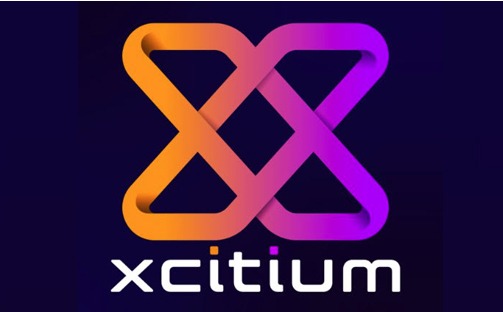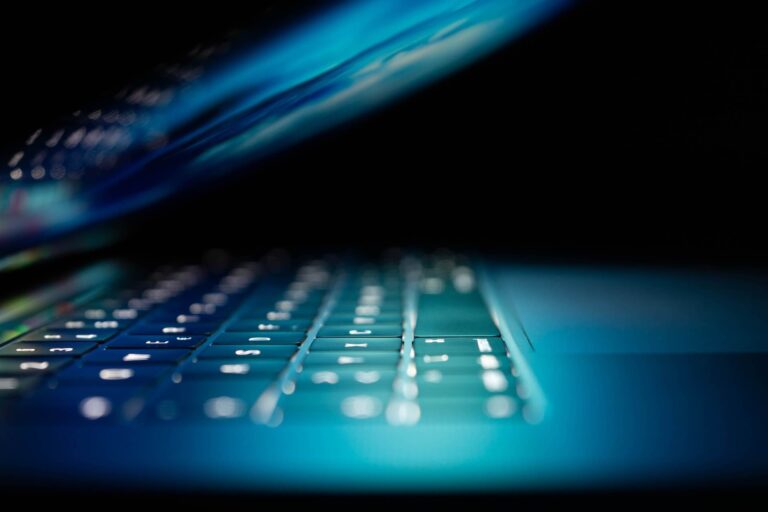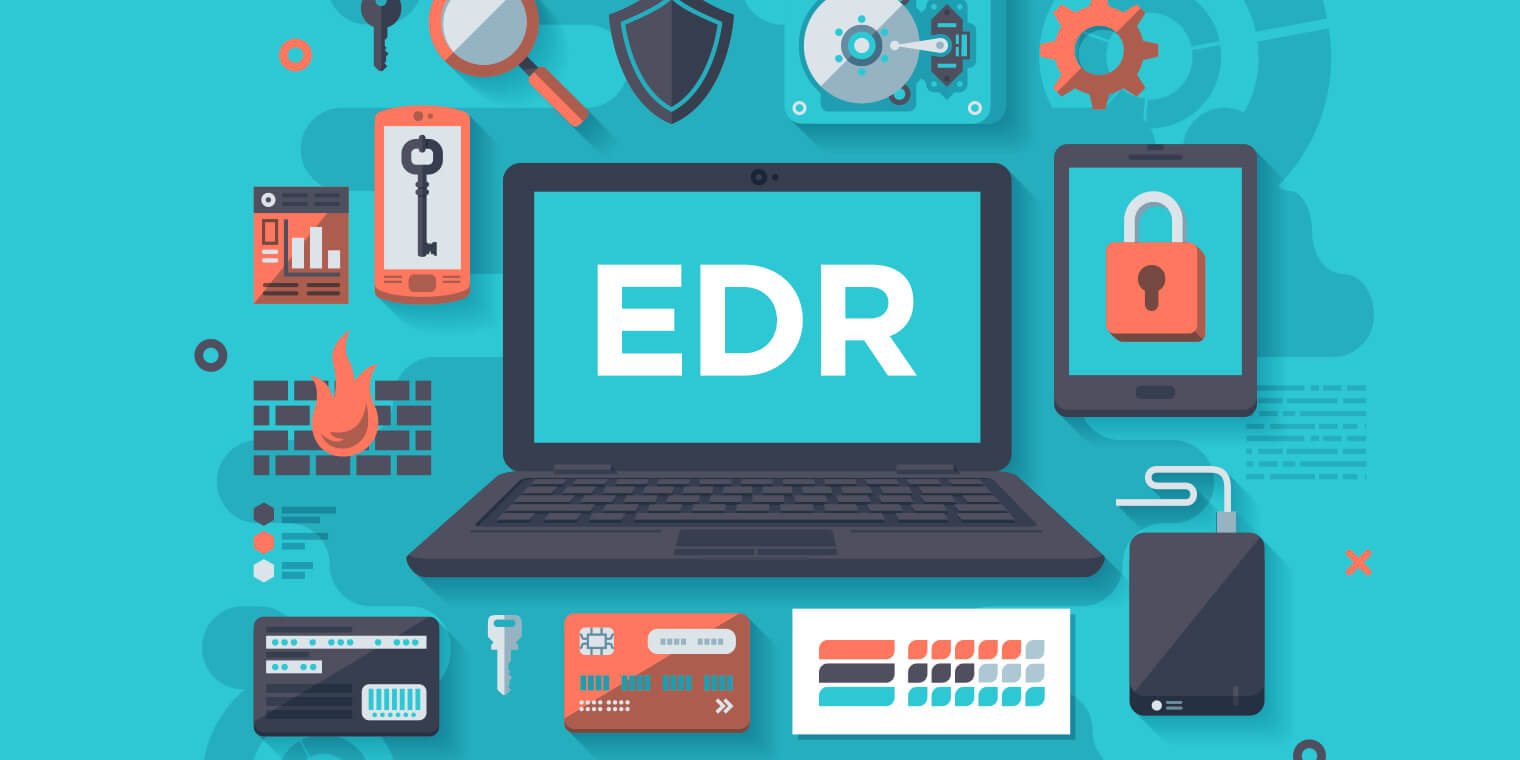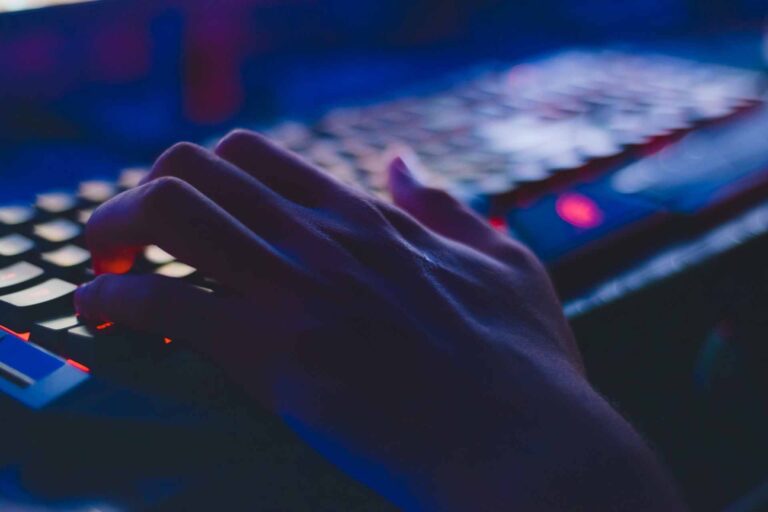Signal Enhances Message Security with a New Cryptographic Protocol Immune to Quantum Computer Attacks
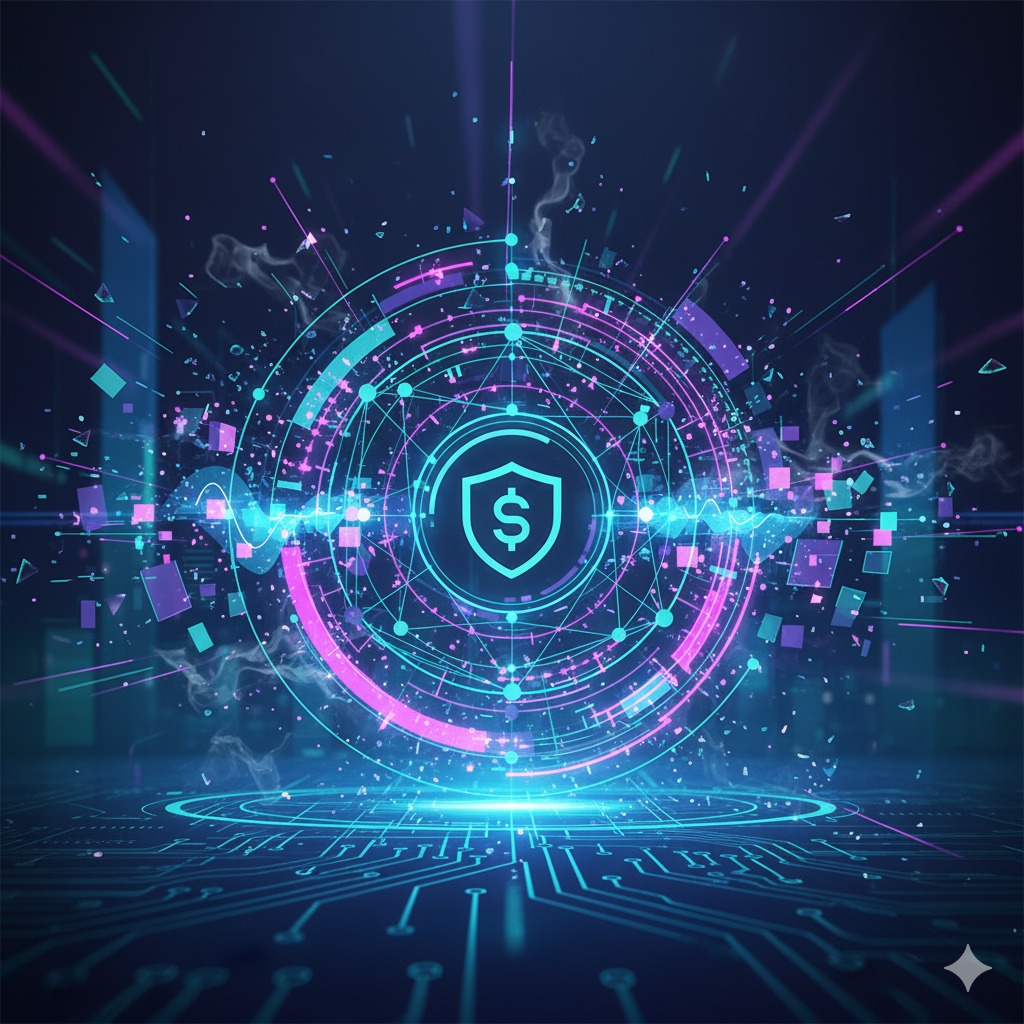
Signal Enhances Message Security with a New Cryptographic Protocol Immune to Quantum Computer Attacks
Signal, the leading encrypted messaging platform with approximately 100 million monthly active users, recently took a significant step to secure future communications. The Signal Foundation, the non-profit organization behind it, announced the launch of the Sparse Post-Quantum Ratchet (SPQR), a cutting-edge cryptographic system. This new protocol is specifically designed to guarantee long-term privacy and keep messages safe from the potential threat posed by the emergence of quantum computers.
Signal, known for its commitment to privacy and transparency, has consistently set the standard in the industry, inspiring other platforms like WhatsApp and Skype to adopt similar encryption approaches.
The Threat of Quantum Computing to Modern Encryption
The secure messaging systems we use today, including Signal, rely on public-key algorithms such as Elliptic-Curve Diffie-Hellman (ECDH) for key exchange. While these algorithms are very secure against conventional computers, they are fundamentally threatened by advancements in quantum computing.
Experts worry that quantum algorithms, especially Shor's Algorithm, could efficiently solve the mathematical problems that form the foundation of encryption security—such as integer factorization and discrete logarithms. Although practical quantum computers capable of such attacks are not yet available, organizations like NIST (the U.S. National Institute of Standards and Technology) have warned about the risk of "harvest now, decrypt later." This means that encrypted data sent today could be intercepted, stored, and decrypted in the future once quantum technology matures.
To address this risk, the research community has developed Post-Quantum Cryptography (PQC). A global standardization effort led by NIST since 2016 has resulted in a set of PQC algorithms resistant to quantum attacks, with CRYSTALS-Kyber announced as one of the key future standards.
SPQR: The Evolution to Three-Layer Security
Signal began its post-quantum preparations in 2023 by integrating a hybrid system (combining CRYSTALS-Kyber with elliptic-curve cryptography) into their Double Ratchet protocol.
Now, SPQR (Sparse Post-Quantum Ratchet) takes this protection to a higher level. SPQR introduces the Triple Ratchet model, which merges classical and quantum-safe techniques into what Signal refers to as a "mixed key."
The mechanism works as follows:
- When a message is sent, both the Double Ratchet (traditional system) and the new SPQR protocol independently generate fresh keys.
- These keys are then combined via a Key Derivation Function (KDF) to produce one extremely strong "mixed" key.
This layered structure guarantees that message security remains intact even if one of the encryption systems, whether classical or quantum, is successfully compromised.
This double defense ensures three core security principles:
- Forward Secrecy: Future messages remain protected, even if past keys are exposed.
- Post-Compromise Security: Subsequent conversations cannot be decrypted, even if the current encryption key falls into the hands of an attacker.
- Quantum Resistance: By including post-quantum Key Encapsulation Mechanisms (KEMs) such as ML-KEM (based on Kyber), SPQR secures against future large-scale quantum decryption attempts.
Signal also successfully addressed a technical challenge in PQC implementation: the large key size. SPQR uses clever chunking and erasure coding techniques to save bandwidth and ensure that this advanced protection runs smoothly on mobile devices without impacting performance.
Rigorous Verification and Gradual Rollout
To ensure trust, the SPQR system has undergone extensive testing and independent validation, supported by academic research from prestigious conferences like USENIX 2025 and Eurocrypt 2025, with collaboration from PQShield, AIST Japan, and New York University. The implementation also underwent formal verification using tools like ProVerif and hax, and Signal is committed to continuous verification with every future update.
Signal assures users that SPQR will be rolled out gradually and is backward compatible. Users only need to update their application, without requiring any special action. If one user has not yet updated to the SPQR version, the system will automatically fall back to the strong security model without compromising the overall message security.
Leading the Way to the Quantum Era
Signal's move is part of a broader global movement where tech giants like Google, Apple, and Microsoft are also working to integrate PQC into their products.
However, the adoption of SPQR by Signal is particularly crucial. As an open-source, non-profit service that sets security standards, Signal's action will likely accelerate the industry-wide transition to quantum-resistant protocols.
As warned by Dr. Michele Mosca, a leading quantum cryptography expert, "we must assume adversaries are already storing encrypted traffic in the hope of breaking it later." With SPQR, Signal proactively secures its users' conversations today to remain confidential in the future, directly addressing the "decrypt later" threat.
While the timeline for quantum computers capable of breaking encryption remains uncertain (estimates range from 10 to 30 years), this initiative shows that Signal is not only protecting its users but also leading the integration of cutting-edge cryptographic research into practical, user-friendly applications. For users, the upgrade will be seamless, but the long-term implications are profound: conversations exchanged now are far more likely to remain secure in a world transformed by quantum computing.
Source :
Need Any Technology Solution


